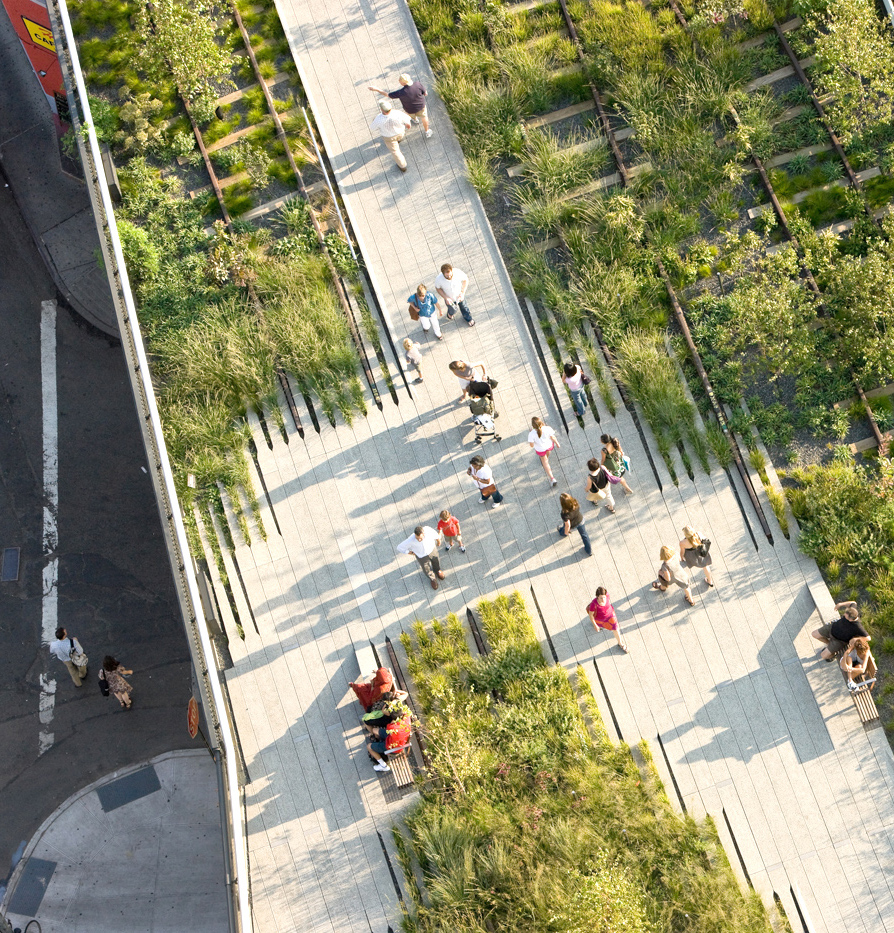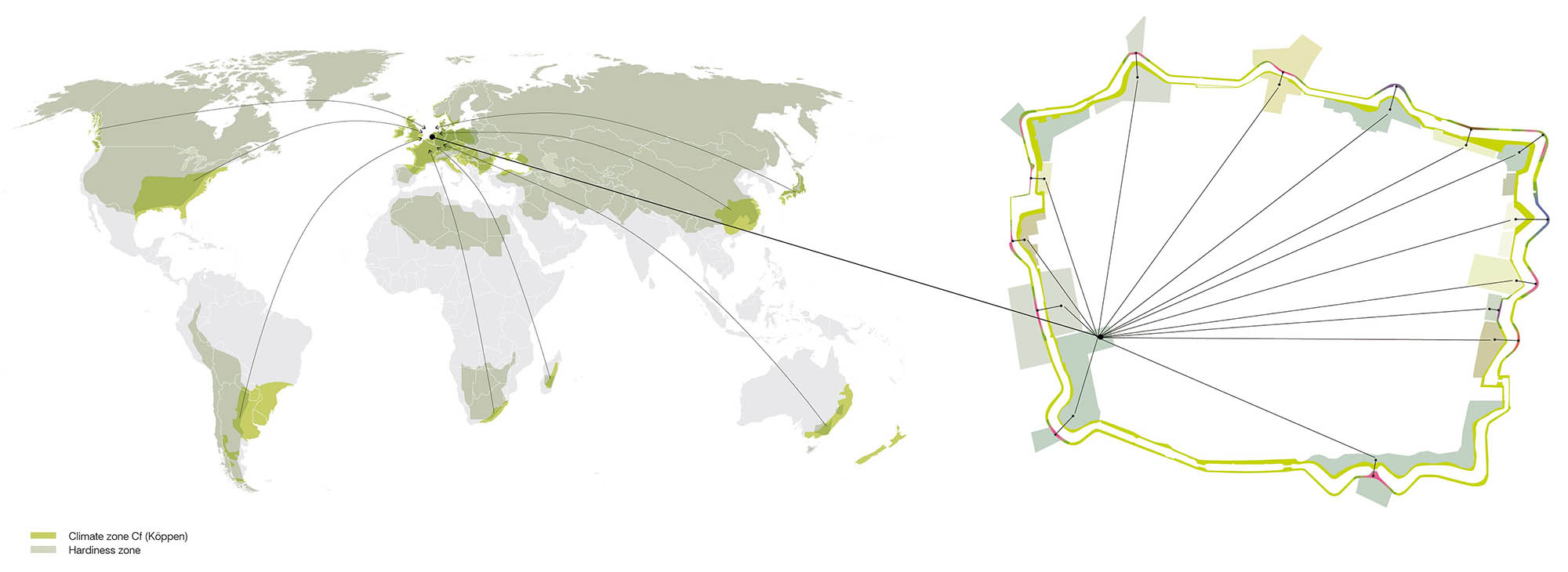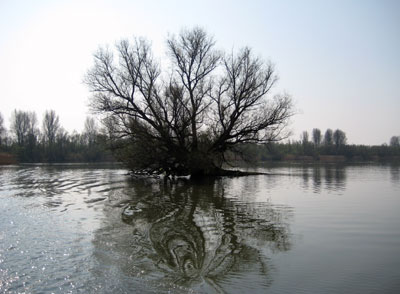In August we spent our summer vacation in Tuscany. The timeless splendour of the scenery combined with perfect weather conditions (unlimited sunshine and a continuous firm breeze) and the healthy cuisine is so appealing to the senses that we cannot resist it. This year we rented a summer house at the Villa d’Arceno, an extensive country estate owned by English proprietors, that produces fine olive oil and spectacular Chianti wine. It is near the village of Castelnuovo Berardenga, not far from Siena. Imagine the long winding roads through undulating fields visually competing with long and perfectly straight cypress lanes. Imagine the robust old farms with stone walls and terracotta roofs. Imagine the Wednesday morning market offering ricotta stuffed zucchini flowers and crispy oregano bread.
To my great surprise alongside the main road of Castelnuovo I found a small Museo del Paesaggio, with a permanent exhibition on origins and characteristics of the region. At first glimpse I thought it was humorous. It felt as a completely superfluous cultural facility. The Tuscan landscape is a multidimensional real-life monument itself. It does not need comments or analysis in a dedicated brick building. It is meant to be outside, material, sensual, inspirational, self-explanatory and beautiful. I could imagine a traveling photo exhibition on the eternal Tuscan landscape, on show in Reykjavík or Bogotà. But this miniature geography lecture in the middle of the real thing was a mistake. After doubting for a week my professional curiosity – for two hours – overruled my lazy holiday moods, so I went in. I found a slightly worn-out but comprehensive physical and historical geography of the southern part of Tuscany, with a pleasant educational, bilingual tone and beautiful maps. What I hadn’t expected was the underlying theme of the presentation: Tuscany as the result of 600 years of continuous economic, agricultural and cultural innovation.

Later that day I asked Susan, the English owner of the summer house, if she had considered the placing of photo-voltaic devices or hot water suppliers on the roof, to provide for efficient energy consumption. “Ooh, if only that were possible”, she replied, “but the houses and the views of this whole area are just too heavily protected. This whole Chianti region is an open-air museum, you know. We are not allowed to introduce any alterations to the outside of the villa. Climate change is not an issue in Central Italy”. “So far for innovation”, I thought before diving into the swimming-pool.



